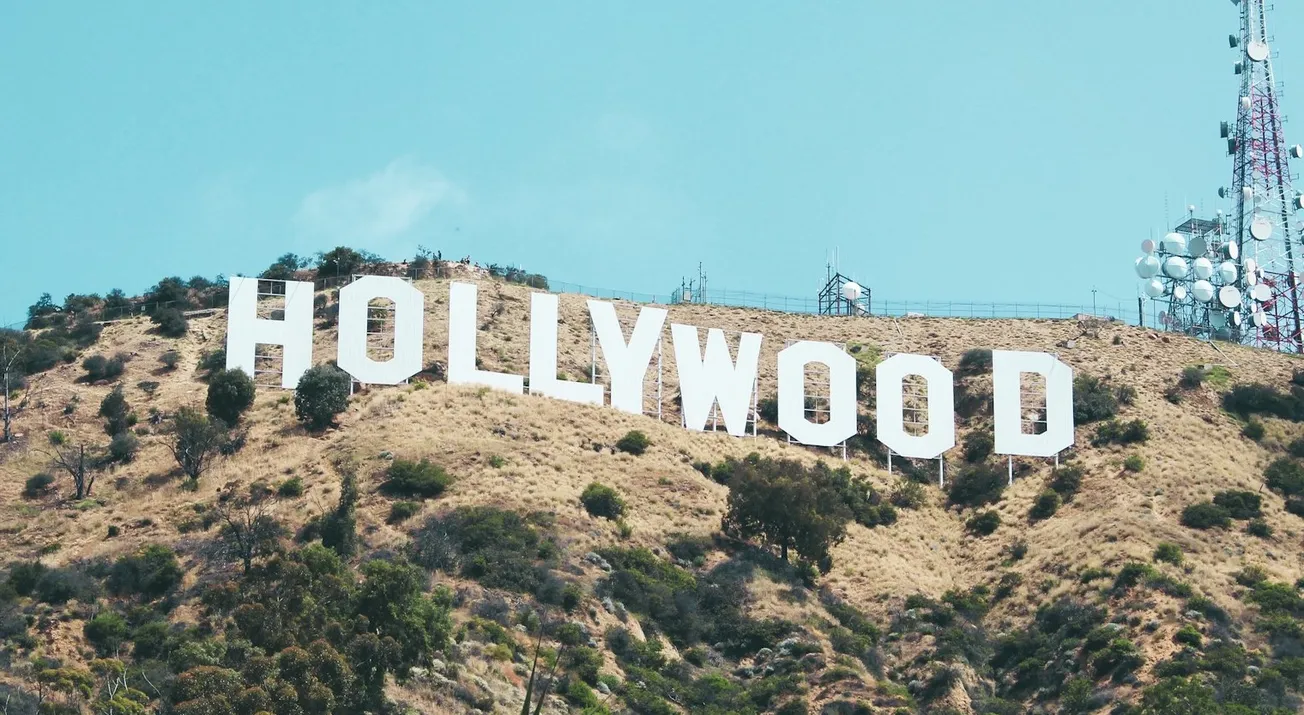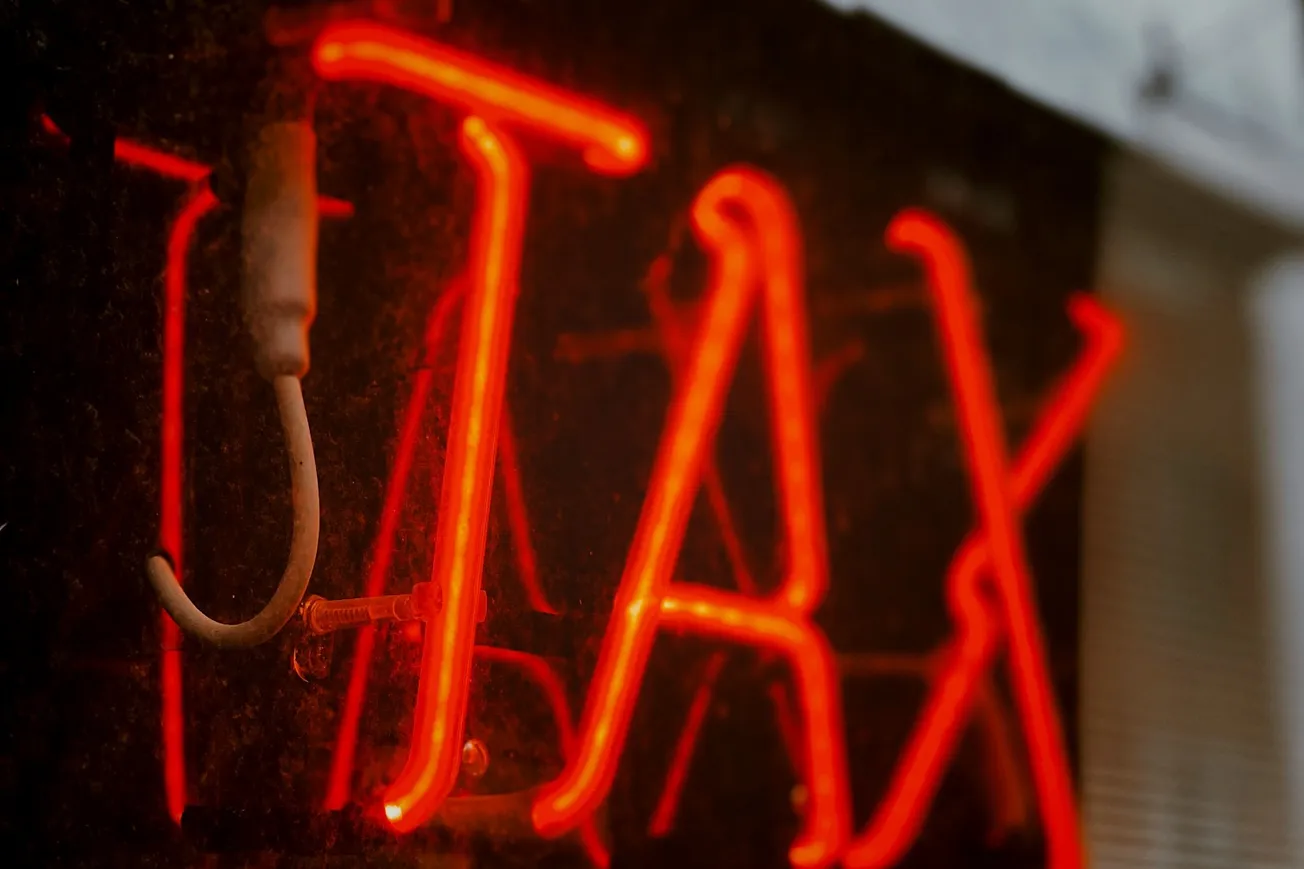In the U.S. and abroad, some film and TV production expenses can be reduced due to a state’s tax incentives. States give these incentives to production companies to stimulate the state’s economy and create more job opportunities for their residents, while production execs are happy to bring their business there to reduce their own financial burden.
Here are the 10 states that reward producers the most.
- California: California offers a 20% non-transferable (non-refundable) tax credit for feature films or a new TV series, miniseries, or pilot. There’s also a 25% transferable credit for shooting independent films and a 25% non-transferable credit for a TV series relocating to California. There’s a 5 or 10% uplift (additional credit) if some photography is done outside California’s 30-mile zone, visual effects work represents 75% of the VFX budget, or if there’s qualified local hire labor. California can give production companies up to $100 million in tax credits. The head of the production company can contact the California Film Commission by phone or email for any questions about the application.
- Georgia: Georgia can give production companies a 20% transferable incentive if they produce feature films and TV films/pilots/series. Georgia’s incentives are that only production companies can apply, the applications must be submitted online, and the productions must have a minimum budget of $500,000, be made in Georgia, and be certified by the Georgia Department of Economic Development. There’s also a 10% Georgia Entertainment Promotion uplift if the content has an embedded Georgia logo with a link to https://georgia.film in its credits and on the promotional website.
- Illinois: Illinois will pay a film tax credit of 30% of all qualified expenditures, such as the production accountant. The film/TV series has to be 30 minutes or longer and the budget must be at least $100,000. The producer can claim the credit after production, and it will be issued after verification from a Certified Public Accountant. There’s a 15% additional credit for salaries for individuals living in Illinois areas with high unemployment rates.
- Kentucky: Kentucky offers tax incentives of 30 or 35%, depending on which of their counties the production takes place in. The company has to contact the Cabinet for Economic Development to discuss the terms of the project within 45 days of meeting the Kentucky Economic Development Finance Authority and submit an application within 30 days of the meeting. They get the money after the KEDFA approves. Filming must start within 6 months of approval from the Kentucky Entertainment Development Finance Authority, and be completed within 2 years. Projects may be eligible for $10-75 million in tax credits.
- Louisiana: Films must spend $50,000 in-state for screenplay production, or $300,000 for motion pictures. The maximum Louisiana can give is $150 million, but the most anyone can claim is $180 million. Louisiana can give up to $25 million per season for certified scripted TV shows.
- Massachusetts: They offer a credit that covers 25% of costs for films, and a sales tax exemption. 75% of the budget has to be spent, and 75% of the principal photography has to be done, in the state, and the budget must be at least $50,000. The application must be submitted online and filed with the Massachusetts Department of Revenue, and approval will be done in 3-5 business days.
- New Jersey: The Garden State offers a 30-35% film tax credit, with a 2-4% bonus for a more diverse workforce. New Jersey gives production companies up to $100 million in tax credits until 2034.
- New Mexico: They offer between 25 and 40% in film tax incentives. There’s a 5% uplift for filming a TV series or pilot depending on criteria such as episode count and cost. From 2025 to 2029 onward, New Mexico can pay from $130 to $160 million.
- New York: Qualified productions (feature films/TV/talk shows/narrative shows) get a 30% film tax credit for expenses such as above-/below-the-line wages. Companies can get a 10% uplift for qualified labor expenses. The tax credit goes up to $700 million from now to 2034.
- West Virginia: They offer a 31% (27% base, 4% for 10 or more West Virginia residents hired full-time during principal photography) tax credit for qualified in-state filming.
To conclude, there are a lot of parameters to meet if you want to film a motion picture or produce a TV series outside your state and lower production costs in someone else’s state. Some may cover costs for films, TV, or both. There may be extra compensation for some states citizens being in your crew. Ultimately, do your research, talk to state offices, and then decide where it would be best to produce your entertainment content.








